Below is a copper coil, presumably forming an electromagnet. From my understanding the electrons travel around the coil to produce a magnetic field. But why don't the electrons jump the wires and take the shortest path?
Below I tried to draw the path that would make sense (for me) for the electrons to take:
